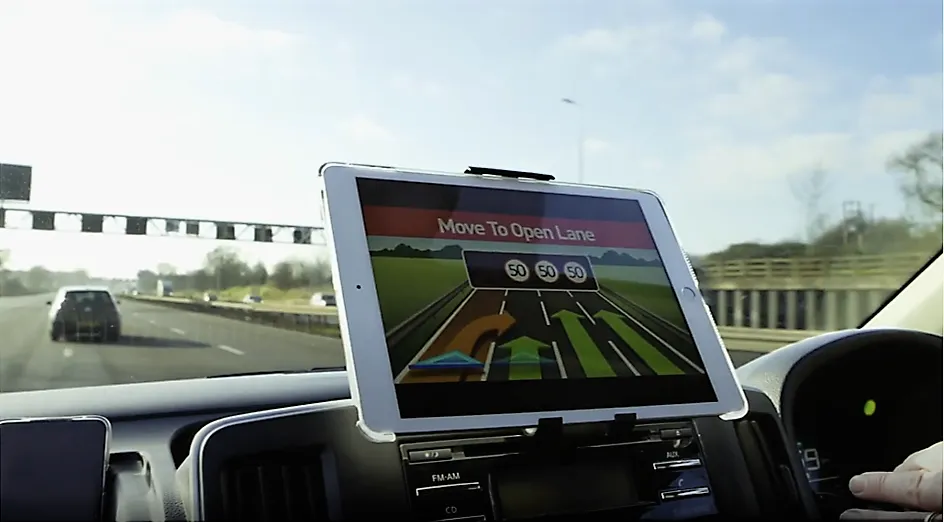Two major new road schemes worth more than US$388 million (£300 million) are set to cut congestion and improve journey times for hundreds of thousands of drivers in Merseyside and Cheshire, UK.
A new three-mile dual carriageway between the motorway network and the port will take freight away from residential areas on the A5036, which has been identified as being the tenth most congested road in England. The bypass will serve the existing port as well as the deep-water container terminal, which is expected to triple the port’s volume of goods by 2030.
The new junction 11a on the M56 will provide a new link to the Mersey Gateway bridge between Runcorn and Widnes and improve local access to the motorway, while the new junction on the M56 will take traffic away from residential areas as well as providing a new route to the Mersey Gateway bridge – an important new link between Cheshire and Merseyside.
A new roundabout, controlled by traffic lights, will also be built at the junction connecting Broom’s Cross Road, Brickwall Lane and the new bypass. Broom’s Cross Road will also be upgraded to a dual carriageway from the new roundabout to Switch Island, where the A5036 connects with the M57 and M58.
Detailed designs for both major road projects will now be developed, with construction work due to start by spring 2020.
Funding for the schemes is being provided as part of the government’s £15 billion Road Investment Strategy (RIS), and will help boost the Northern Powerhouse by improving transport connectivity and reliability to help the economy of the North.
Major road projects to improve journeys in Merseyside and Cheshire
Two major new road schemes worth more than US$388 million (£300 million) are set to cut congestion and improve journey times for hundreds of thousands of drivers in Merseyside and Cheshire, UK. Highways England has set out its preferred options for upgrading the key route to the Port of Liverpool and creating a new junction on the M56 near Runcorn following public consultations earlier this year.
September 1, 2017
Read time: 2 mins








